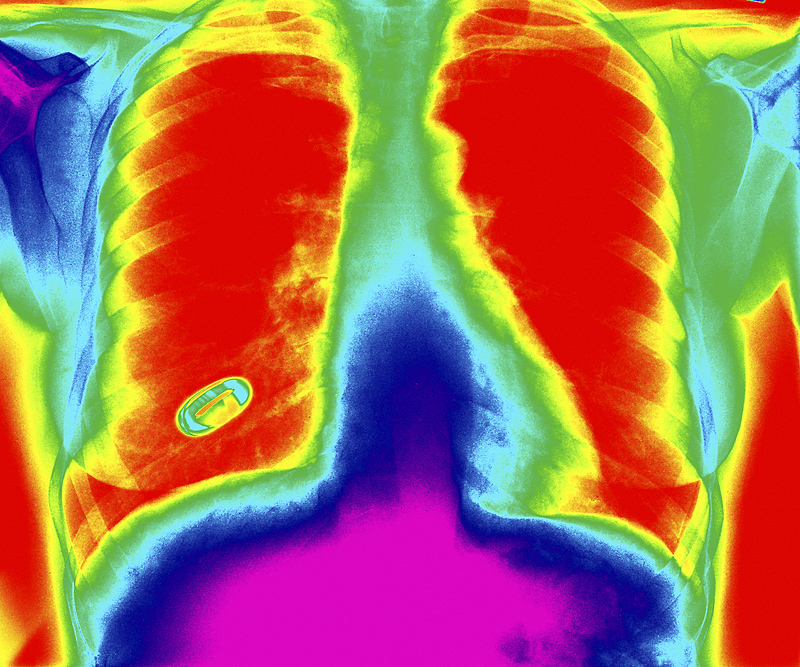
TUESDAY, Feb. 12 (HealthDay News) — Whether it’s lush palms or piney groves, the health of trees in your neighborhood might influence your physical health, a new study suggests.
Research from the U.S. Forest Service found that the loss of 100 million trees on the East Coast and in the Midwest was associated with an increase in deaths from heart and lower respiratory disease.
Although the study adds to existing evidence that exposure to the natural environment can improve health, the researchers pointed out that their findings do not prove a causal link, so the reason for the association between trees and human health remains unclear.
The researchers examined demographic, human death and forest health data collected from 1990 and 2007 on almost 1,300 counties spread across 15 states. In doing so, they saw a discrepancy in human health among those living in areas infested by a particular beetle, known as the emerald ash borer, which kills ash trees.
They found that residents in the areas affected by this beetle had 15,000 more deaths overall from heart disease and 6,000 more deaths from lower respiratory disease than people living in other areas.
The study’s authors noted that there was an association between tree loss and human death rates, even after they took into account people’s income, race and level of education.
“There’s a natural tendency to see our findings and conclude that, surely, the higher mortality rates are because of some confounding variable, like income or education, and not the loss of trees,” Geoffrey Donovan, a research forester at the Forest Service’s Pacific Northwest Research Station, said in a USDA Forest Service news release. “But we saw the same pattern repeated over and over in counties with very different demographic makeups.”
The emerald ash borer was first discovered in 2002 near Detroit. The beetle attacks all 22 species of North American ash and kills the majority of trees that it infests.
The study was published in the February issue of the American Journal of Preventive Medicine.
More information
The New York State of Environmental Conservation provides more information on the emerald ash borer.

